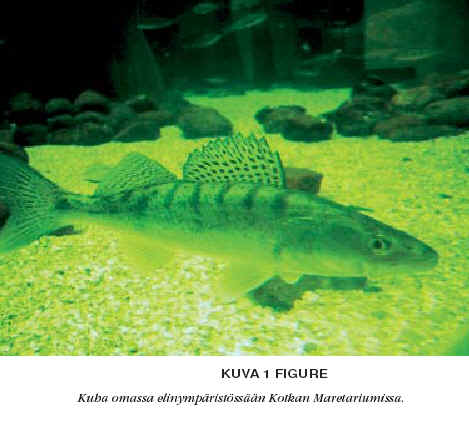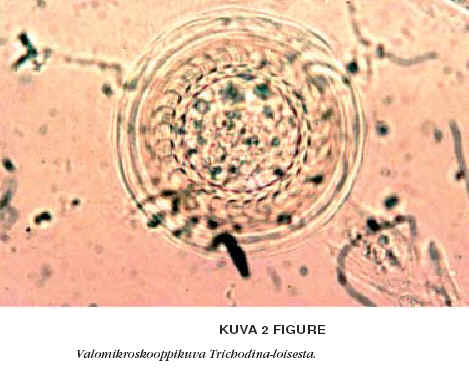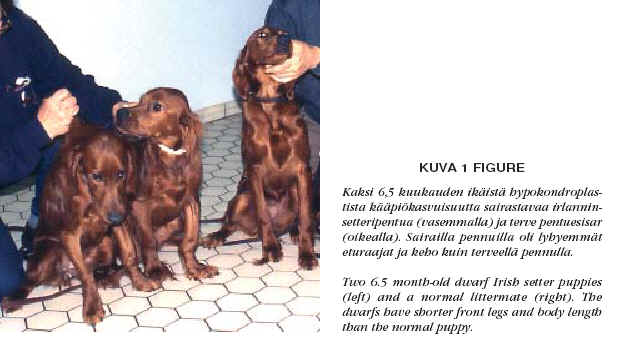
Hypochondroplastic dwarfism was diagnosed in two female Irish setter puppies. All offspring were phenotypically normal at birth and weaning, but at the age of 3–3.5 months the growth of affected individuals was retarded.
The litter consisted of seven female puppies and one male puppy. Two dwarf puppies and one phenotypically normal puppy underwent clinical and radiological examination. Blood samples were analysed to rule out hypothyroidism, diabetes mellitus, hypoadrenocorticism, and liver and kidney diseases, and values were within normal range. The ancestral line was studied, revealing only one verified asymptomatic carrier of dwarfism.
The mode of inheritance of this disease is known to be autosomal recessive. Consistent with this 25 % (2/8) of in this litter were sick, 25 % (2/8) should be normal, and 50% (4/8) should be carriers of the disease. No test to detect carriers is available.
The puppies were 6.5 months old at the time of examination. Dwarf puppies weighed less, had a lower shoulder height, and had a shorter body and vertebral length and limb length than the normal puppy. As expected, the ratio between body length and the sum of head length and circumference was lower in the dwarf puppies than their normal sibling. Based on age at disease onset, clinical examination, body measurements, and radiographic evaluation, the diagnosis of hypochondroplastic dwarfism in two Irish setter puppies was verified.
Both affected puppies showed a markedly bowed radius, and had elbow pain in forelimbs, and ulnar ostectomy had been operated on at the age of four months. The dogs in the litter are four years old. One of the dwarfs is still alive and has a relatively normal, active life. The other dwarf died 1.5 years ago in an accident.
The pedigrees of all dwarfs in Norway, Sweden, and Finland derive from a common ancestor. The first known Finnish Irish setter dwarf was born in 1993. The Finnish Irish Setter Club forbids using dwarfs and heterozygous dogs for breeding. A brief review of conditions causing small stature in dogs is included at the end of the article.

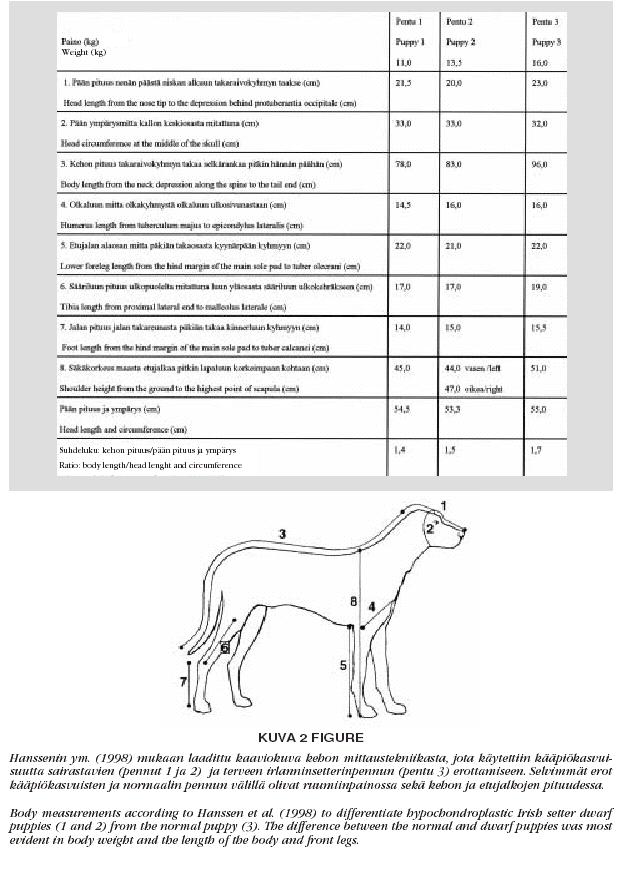
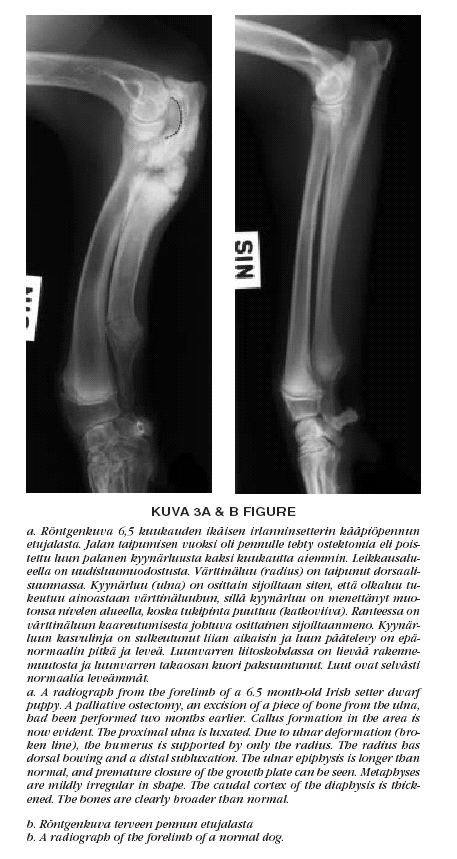
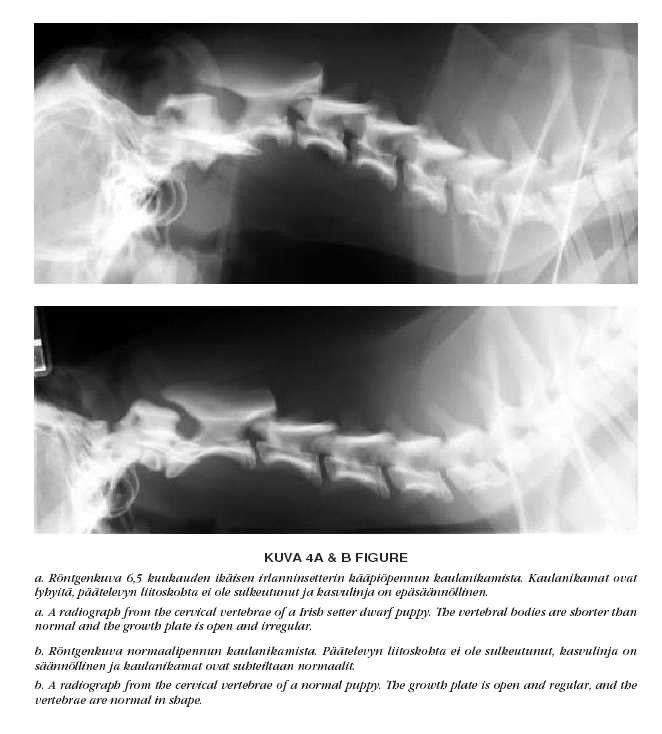
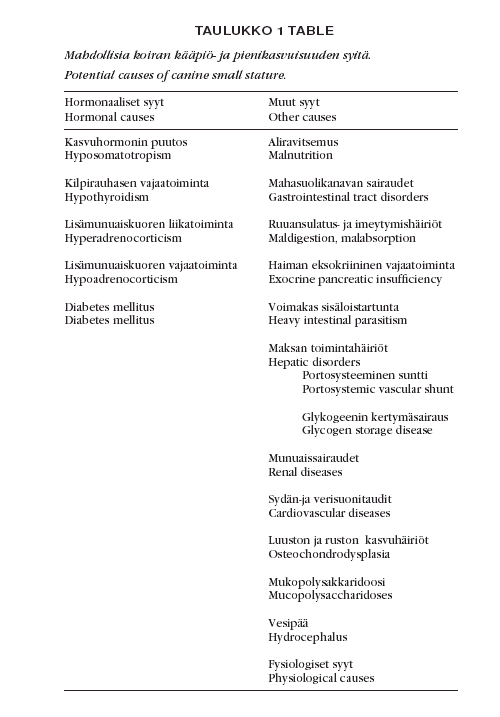
Kotka Maretarium is an aquarium that presents wild Finnish fresh and brackish water fish species. In the beginning, the aquarium had problems with fish showing skin infections and thickening of the mucous of the skin. The veterinarian of the aquarium suspected a parasitic problem and fish were sent to the National Veterinary and Food Research Institute (EELA) in Helsinki for further investigations. In microscopic studies of the gills and mucous, a large number of Trichodina sp. parasites were found. These ciliates only cause problems when existing in large numbers. Fish were treated by bathing in formaldehyde (1:4000) twice with one week intervals. After the treatment no parasites were detected. Enhancing the environmental conditions, for example avoiding overcrowding, is the best way to avoid infection with Trichodina sp.
